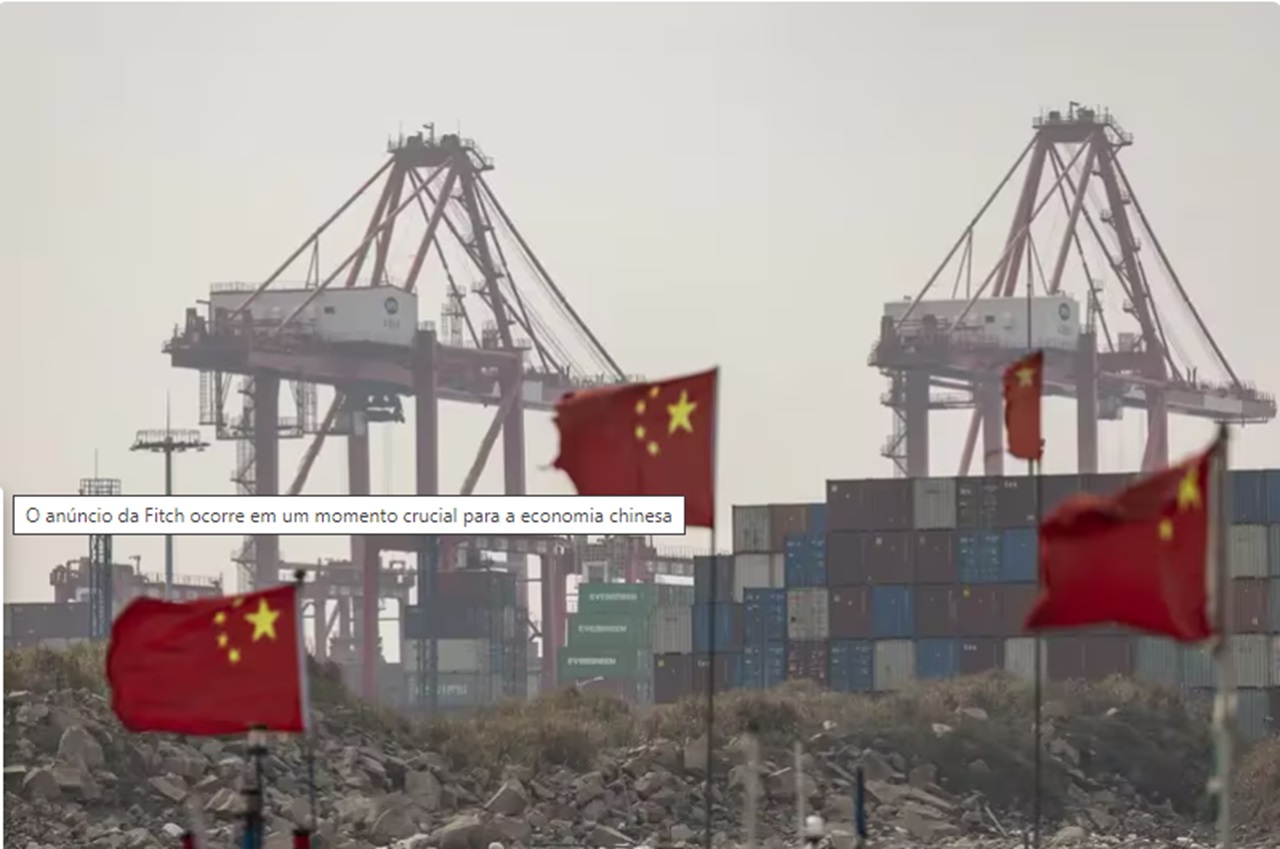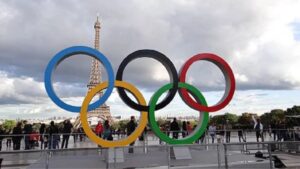
Published 04/10/2024 17:18 | Edited 04/10/2024 18:22
The structural confrontation generated by the current Cold War is the result of the West’s inability to accept the full sovereignty of China and Russia and their respective influence on the rest of the world.
In the discourse that Washington tries to disseminate through its propagandists, Beijing is an autocracy that challenges its global hegemony, while Moscow is a geostrategic actor that must be fragmented and/or isolated. The G7, NATO and AUKUS – formed in 2021 – are working together to reduce the leadership of the BRICS, demonize those who challenge updates to the Washington Consensus and sabotage Chinese economic, scientific and technological development capabilities.
On March 4, the annual meeting known as the Two Sessions began in the Great Hall of the People, in front of Tiananmen Square, in which representatives of the People’s Assembly and members of the National Consultative Conference Committee meet for a week. Politics (CCPPC), a consultative body made up of territorial, professional, trade union and military collectives. During the meeting, a review of the previous year is made and immediate objectives for the future are established.
Premier Li Qiang was tasked with presenting the report to the three thousand delegates. The main points of his presentation were aimed at boosting “an egalitarian and orderly multipolar world” and “an inclusive economic globalization”, in clear opposition to the model intended by NATO and the G7, which insist on imposing a model based on unilateral rules supported by “hegemonic and intimidating” practices. The position detailed by Li Qiang in his presentation foresees a greater presence of China on the international stage, promoting changes in global governance.
The approach of Li Qiang – the second most important man after Xi Jinping – included observations on the situation in Taiwan and the China Sea, priority focuses of Beijing’s foreign policy. Foreign Minister Qin Gang recently warned that “If the United States does not brake and continues to accelerate along the wrong path, there will not be enough guards to prevent the derailment, which will result in a very conflictual situation“. The Chinese leaders’ words coincided in addressing three areas of global confrontation that are developing simultaneously: the conflict in the Middle East (with a focus on Gaza, Israel, Lebanon, Syria, Iraq, Iran and Yemen), the military confrontation in Eastern Europe and the Washington’s provocations in Southeast Asia.
On September 15, 2021, Washington, Canberra and London formed a military triangle called AUKUS (acronym for the English initials of each of its three members) with the aim of limiting and surrounding the People’s Republic of China. In 2022, New Zealand and Canada expressed their intention to join AUKUS to deepen the defense capabilities of the three founders. The alliance aims to facilitate Canberra’s acquisition of five nuclear submarines, two Vanguard of British origin and three American Virginia. Furthermore, they plan to manufacture a prototype called AUKES in Australia by 2030.
Two weeks ago, Chinese Foreign Ministry spokesman Mao Ning accused Washington of promoting warmongering by pushing for “a Ukraine today, and a Taiwan tomorrow.” Wang Wenbin, spokesperson for the Chinese Foreign Ministry, warned that the transfer of nuclear technology agreed by AUKUS will only encourage an arms race in the region.
The fundamental reason for Washington and London’s provocation is due to the double strategy implemented by Beijing: on the one hand, commercial associations – based on reverse engineering and scientific-technological application – and, on the other, financing the development of abandoned regions ( and despised) by the opulent West. While international organizations (such as the IMF or the World Bank) were dedicated to granting leonine credits to discipline developing economies – with the sole objective of making them compatible with the demands of transnational corporations, investment funds and Wall Street – , China focused on financing infrastructure associated with the silk road and different African countries, as well as Latin America and the Caribbean.
The new Cold War, which could unexpectedly turn into a nuclear one, unfolds through hybrid formats (computer, communication, satellite and promotion of false information) and through so-called subsidiary war conflicts (proxy formats), which allow the use of external territories to deploy military operations. The war launched by NATO against the Russian Federation had Kiev as its puppet. The Cold War in Southeast Asia has Australia as its manager. The crisis of Western hegemony comes with echoes of war.
Source: vermelho.org.br

